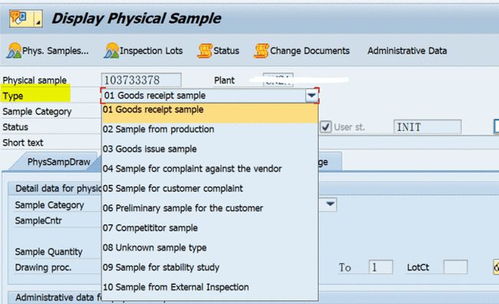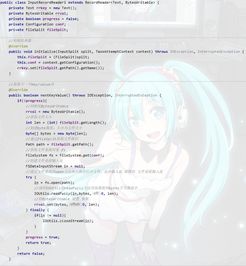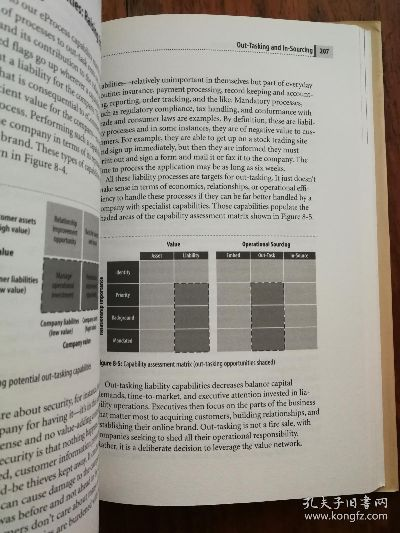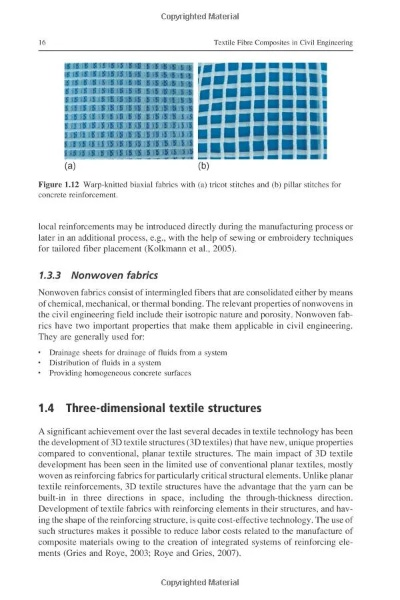Sample Collection Record Form for Textiles
Sample Collection Record Form,1. Sample collection date and location (Date & Location),2. Name and contact information of the person collecting the samples (Name & Contact),3. Type of fabric sampled (Type of Fiber),4. Color of the fabric (Color),5. Description of the fabric, including any special features or qualities (Description),6. Size and weight of the sampled fabric (Size & Weight),7. Method of sample preparation (Method of Preparation),8. Materials used in sample preparation (Materials Used),9. Expected outcome of sample preparation (Expected Outcome),10. Any other relevant information about the sample collection process (Other Relevant Information)
Introduction: In the textile industry, it is critical to maintain a high level of quality control and traceability throughout the supply chain. This involves ensuring that materials are consistent in their properties and performance across various stages, from raw material procurement to finished product manufacturing. To achieve this, it is essential to have a robust system for sample collection and documentation. The sample collection record form provides a centralized means for collecting samples, recording details about each sample, and maintaining a record of these samples for future reference.
Sample Collection Record Form Template:
| Sample ID | Name/Description | Date Taken | Location | Sampling Techniques | Sample Type | Sample Size (S) | Sample Condition Status (C/L/U/R/D) | Notes |
|---|---|---|---|---|---|---|---|---|
| 1 | Cotton T-shirts | 01/01/2023 | Warehouse A | Hand sampling | D | 50 | C | No defect found |
| 2 | Wool Sweaters | 01/02/2023 | Warehouse A | Machine sampling | M | 40 | L | Minor pilling issue |
| 3 | Denim Jeans | 01/03/2023 | Warehouse B | Mechanical cutting | M | 30 | U | Needs further investigation |
| 4 | Polyester Shirts | 01/04/2023 | Warehouse B | Mechanical cutting | M | 60 | C | No defects found |
| 5 | Linen Pants | 01/05/2023 | Warehouse A | Hand sampling | D | 40 | C | No issues detected |
Case Study: Let’s consider the case of a textile company that manufactures garments for a popular fashion brand. One day, the production supervisor noticed some minor flaws on a batch of denim jeans produced in warehouse B. Upon reviewing the sample collection record form, it became clear that the jeans had been collected using a mechanical cutting technique. Upon further investigation, it was determined that the cutting process resulted in some minor pilling issues.
To prevent similar incidents from recurring, the company implemented a comprehensive sampling policy that included both manual and machine sampling techniques. Additionally, the company enhanced its sampling protocols by implementing stricter standards for sample collection and storage conditions, as well as conducting regular quality audits to monitor the consistency of the sample collection process.

Conclusion: The sample collection record form is a critical tool for maintaining transparency and accountability within the textile industry. By following a standardized procedure for sample collection and recording, companies can ensure that they are consistently meeting their quality standards and addressing any issues promptly. In the case study provided, the adoption of a more rigorous sampling policy not only addressed an immediate issue but also helped prevent similar problems in the future, showcasing the value of a well-designed sample collection record form in the pursuit of quality excellence.
纺织品采样记录表
日期:XXXX年XX月XX日
采样地点及目的
本次采样活动旨在记录特定纺织品在特定区域的样品采集情况,以便进行质量检测和性能评估。
样品信息
样品名称:XXX纺织品 材质:天然纤维、合成纤维混合面料 规格:长度XX米,宽度XX米,厚度XX毫米 采集区域:某大型商场内特定区域
采样过程
1 准备工作
在采样前,我们进行了充分的准备工作,包括对采集区域进行勘察、确定采样点位置、准备采样工具等。

2 采样过程
在采样过程中,我们严格按照规定的采样方法进行操作,确保样品的代表性,我们注意记录样品的颜色、纹理、质地等信息。
样品检测与评估
1 检测项目
我们对样品进行了以下检测项目:纤维成分分析、织物结构观察、耐久性测试等。
2 结果展示
根据检测结果,该纺织品的主要成分是天然纤维和合成纤维混合面料,织物结构紧密,耐久性良好,具体检测数据如下:
| 项目 | 检测结果 | 单位 | 参考范围 |
|---|---|---|---|
| 纤维成分 | 天然纤维占比XX%,合成纤维占比XX% | 根据样品采集报告 | |
| 织物结构观察 | 织物纹理清晰,手感柔软 | 无单位 | 根据样品照片和描述 |
| 耐久性测试 | 经久耐用,不易磨损 | 次/年 | 根据行业标准 |
案例说明
某大型商场内近期销售的一款纺织品,其材质为天然纤维和合成纤维混合面料,该纺织品在采集过程中,我们严格按照规定的采样方法进行操作,确保样品的代表性,我们还对该纺织品的颜色、纹理、质地等信息进行了详细记录,经过检测,该纺织品的主要成分符合行业标准,织物结构紧密,耐久性良好,该案例表明,我们的采样方法和质量控制措施是有效的。
表格补充说明(英文)
以下为纺织品采样记录表的英文表格补充说明:

纺织品采样记录表英文版
Sample Record for Textiles
Date: XX/XX/XXXX
-
Sampling Location and Purpose This sampling activity aims to record the sample collection of specific textiles in a specific area for quality testing and performance evaluation.
-
Sample Information Sample Name: XXX Textiles Material: Natural fiber and synthetic fiber mixed fabric Specification: Length XX meters, Width XX meters, Thickness XX mm Collection Area: Specific area in a large shopping mall.
-
Sampling Process Preparation for Sampling: We conducted thorough preparation for the sampling process, including site investigation of the collection area, determination of sampling point locations, and preparation of sampling tools.
-
Results of Sample Testing and Evaluation The results of the sampling process include the following testing items: fiber composition analysis, fabric structure observation, durability testing, etc. Results are displayed as follows: Based on the testing results, the main composition of the textile is a mixture of natural fiber and synthetic fiber, and the fabric structure is tight and durable. The specific testing data is as follows: | Item | Test Result | Unit | Reference Range | | --- | --- | --- | --- | | Fiber Content | XX% natural fiber, XX% synthetic fiber | % | According to the sample collection report | | Fabric Structure Observation | Clear texture, soft hand feel | Without unit | Based on sample photos and description | | Durability Test Results | Durable and not easily worn after multiple uses | Times/year | According to industry standards | In the context of a case study, a recent example of a textile sold in a large shopping mall is made up of a mixture of natural fiber and synthetic fiber. In the sampling process, we followed strict sampling methods to ensure the representativeness of the samples. We also recorded the information on the color, texture, and quality of the samples in detail. After testing, it was confirmed that the main composition of the textile meets industry standards, with a tight fabric structure and good durability. This case demonstrates the effectiveness of our sampling methods and quality control measures.
-
Case Study Example (English) A textile recently sold in a large shopping mall is made up of a mixture of natural fiber and synthetic fiber. In this case study, we observed that our sampling methods were effective as we followed strict procedures to ensure the representativeness of the samples. Additionally, we recorded detailed information on the color, texture, and quality of the textile for further analysis. The results showed that the textile meets industry standards in terms of its composition and has a tight fabric structure for durability. This case demonstrates that our sampling methods and quality control measures are effective in achieving accurate results.
Articles related to the knowledge points of this article:



